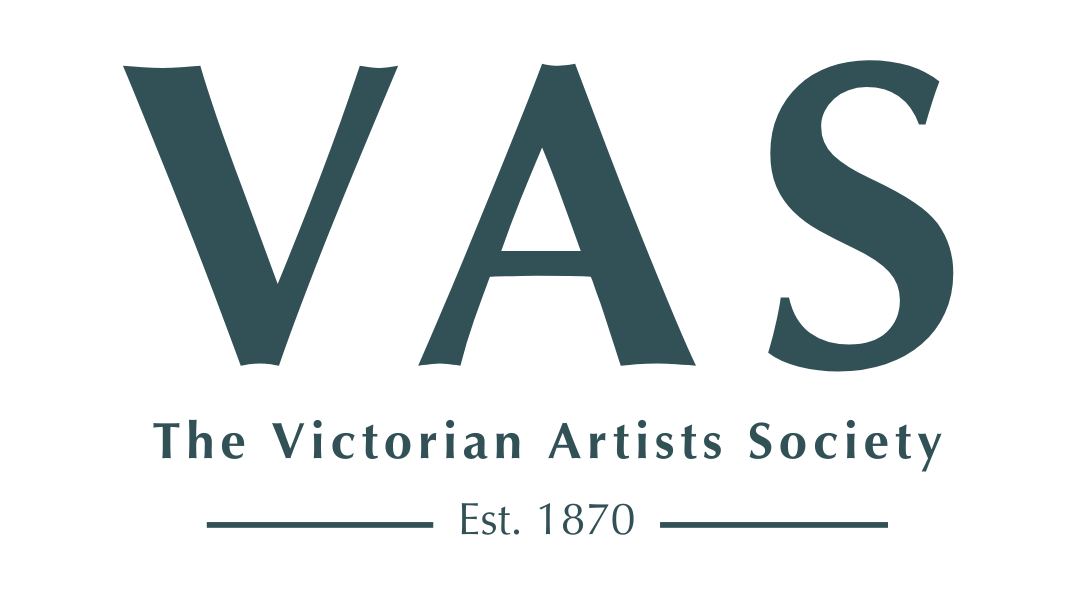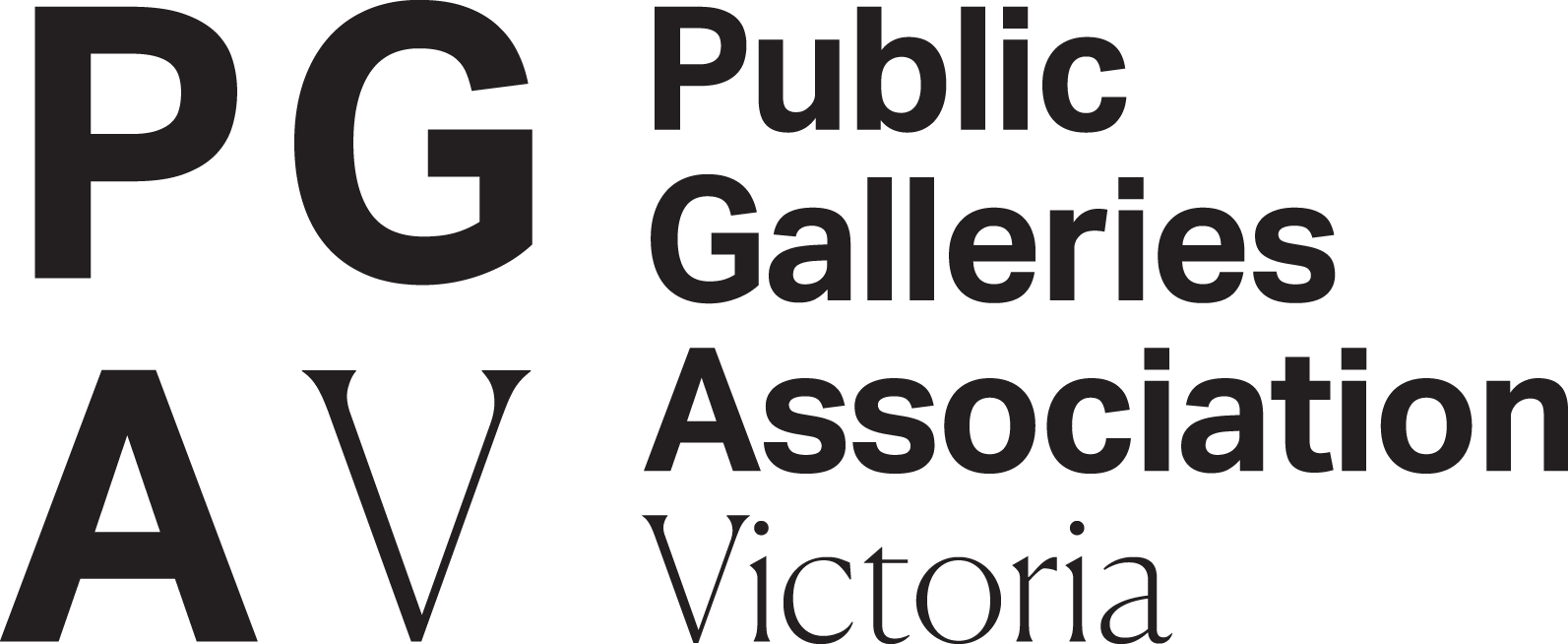
Chris White
Chris White’s 50 year painting career started as a result of frequent family excursions into the Victorian countryside and consequently an early love of nature, the landscape, and of its’ artists. His father, Harold White was instrumental in the formation of the Art/Craft Degree course at Melbourne State College, becoming foundation Principal.
His painting career has earned him over 80 awards in Oil Painting, including the Goya National Art Prize 1965; a silver medal at Camberwell Rotary Art Show (twice); the McCubbin Medal 3 times; the Streeton Award 3 times and the Heysen Award in South Australia, and has held 6 solo exhibitions. Since 1975 he has held solo exhibitions at Leveson St. Gallery (North Melbourne and Carlton) 1978 and 1985, 1987, Gryphon Gallery 1975, Victorian Artists Society 2012, and Anglesea Art Space 2023.
His landscape and portraiture is represented in numerous public and private collections here and overseas.

Chris White Awarded First Prize in the 2025 VAS Maritime Exhibition for his artwork
Summer Seas, Pt Addis
While starting a career in Advertising Art, he changed direction to art teaching from which he retired in 2003 to pursue painting full-time. A simultaneous career has seen equal success as a theatrical performer, designer and director, earning him the Victorian Music Theatre Guild Award for design on six occasions. As a secondary school teacher he produced and directed 20 annual musical productions and a further 10 for professional and non-professional companies.
He is still in demand as a theatrical designer, being regularly called-upon to lecture on design and stagecraft, as well as regularly judging art competitions.

Autumn, Walwa
90 x 80, Oil on canvas
Like art students of his generation, his early work was influenced by abstract expressionism, and his large gestural works showed the influences of French, Daws, Olsen. From about 1980 his work took a reversal in development to traditional impressionism, working from the landscape – a motif he has not changed since. His work he describes as romantic impressionism and prefers the strong light of early morning and the last light of day. He stresses the importance of working directly from the motif while emphasising a strong technical and traditional approach to his craft.

Blue and Gold, Aireys Inlet
90 x 75, Oil on canvas
Stylistically, he admits an anachronistic approach to painting and is often aware that this quality can be thought of as lacking inventive courage and originality but returns to what he admires most in transcribing nature and the visual world.

Coleraine Gums
90 x 80, Oil on canvas
"Like all artists I constantly look at the visual world in terms of naturally occurring design and atmospheric light dynamics. When deciding on a suitable location, I reconnoitre before finally deciding as I loathe to manipulate anecdotal elements in the composition to ‘improve’ the image. I still follow a pattern of work from the years of painting with my good friends – David Newbury, Bill Harding, and David Keys; we would make an early start, roughly 9.00am, 3 – 4 hours painting on a moderate scale of about 24 x 18, then retiring to the Airey’s Inlet Pub for appraisal – appraisal often taking longer than the painting."

Early Morning, The Homestead
120 x 100, Oil on canvas
"I will often paint one or two studies before a larger studio work, often with the aid of photographs.
I take my hat off to artists such as Streeton who would attack a 4x3 on location.
I have tried on numerous occasions while the excitement and romantic inspiration are strongest, but invariably lose enthusiasm while fighting light changes, weather and insects.
On one such occasion, I was diligently working on an Anglesea clifftop and progressing quite well; whistling, singing snatches of opera when I was suddenly aware I wasn’t alone – I turned to find a company of scouts quietly seated about 25 metres away, who, after apologizing for interrupting me, told me they had been there for 15 minutes."

Last of the Snow, Tintaldra
150 x 100, Oil on canvas
"Strong influences include the work of Sargeant, Velasquez, Turner, Monet and the Heidelberg School."

Late Autumn, Collins Street
120 x 120, Oil on canvas

On Princes Bridge
120 x 100, Oil on canvas

Morning Light, Beechworth
80 x 75, Oil on canvas

The Gorge Buffalo
100 x 100, Oil on canvas

Where the Diamond Creek Meets the Yarra
90 x 90, Oil on canvas
Acknowledgment of traditional owners.
We would like to pay our respects to the traditional owners of the land on which our building stands, their leaders, past, present and emerging.

